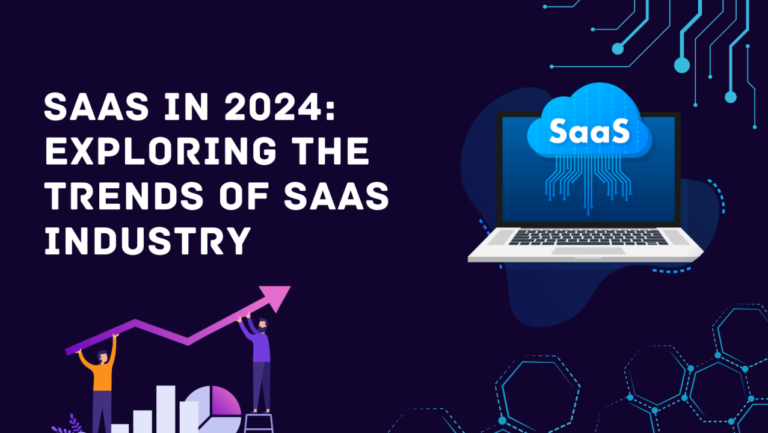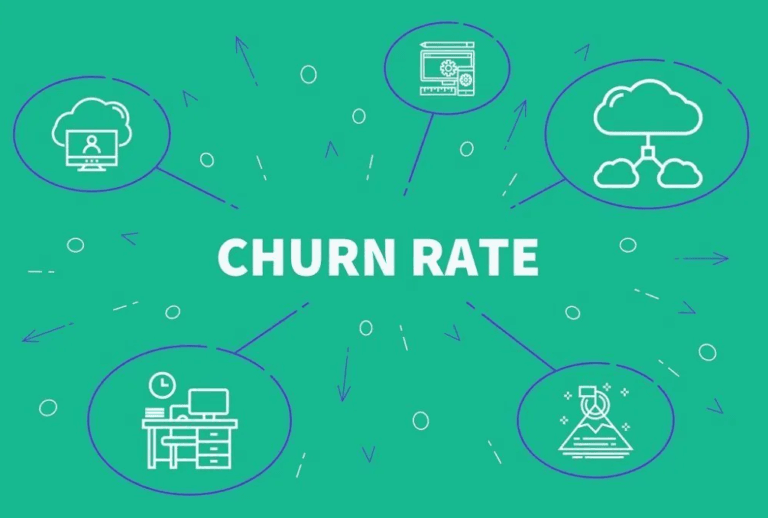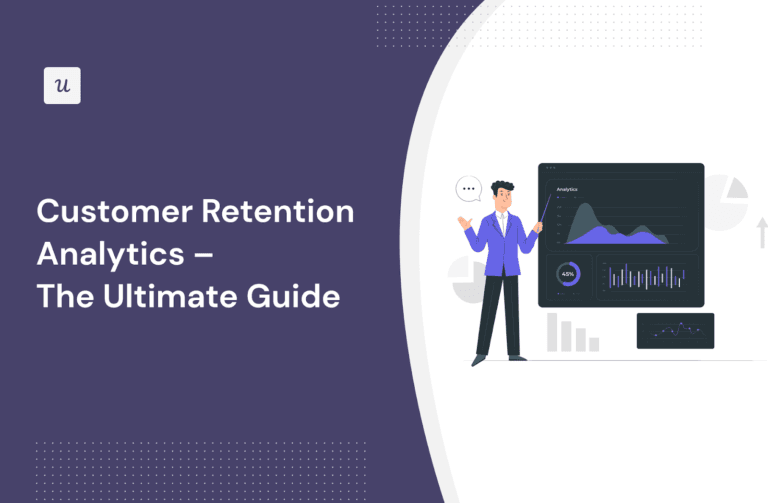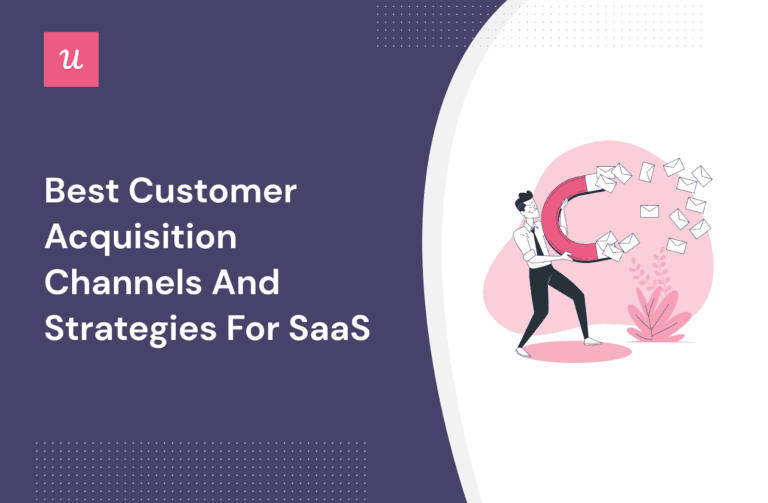Ready to dive into the fascinating world of microservices architecture? Join us on a journey where global giants like Amazon, Coca-Cola, and Zalando are reshaping their IT landscapes, revitalizing their internal structures, and surging ahead of the competition. Let’s zoom in on real-world examples of microservices transforming the eCommerce game!
Picture this: Amazon, Coca-Cola, and Zalando, global powerhouses, are not just selling products; they’re revolutionizing their IT infrastructures with microservices architecture. It’s not just a tech upgrade; it’s a strategic move that’s propelling them to new heights in the competitive arena. But what exactly is microservices architecture, and how is it reshaping the eCommerce landscape?
In the beginning, companies, big and small, kickstart their projects with monolithic architectures. It’s quick, it’s efficient, and it gets the business wheels turning. However, as projects mature or experience rapid growth, the cracks begin to show. Complexity increases, code becomes intricate, and maintaining the system demands more hands on deck. The speed, flexibility, and agility of the initial phase start fading away, posing challenges to adapt to the ever-changing market needs.
The symbiotic link between Microservices and Software as a Service (SaaS) has become a powerhouse for innovation and business scalability in the dynamic field of technology. This in-depth blog article examines the top ten SaaS and Microservices growth prospects, providing entrepreneurs and enterprises looking to take advantage of this game-changing synergy with engaging user stories, deep insights, and a roadmap.
Understanding Microservices and SaaS
Have you ever wondered about the driving force behind technological marvels in companies and e-commerce businesses? It’s none other than SaaS (Software as a Service), quietly revolutionizing the tech landscape. But here’s the real game-changer within SaaS: Microservices! Let’s embark on a journey to demystify these tech buzzwords and uncover the secrets of Microservice architecture.

Imagine a world where software isn’t a cumbersome entity but a seamlessly accessible tool over the internet. That’s the magic of Software as a Service (SaaS). It liberates users from the hassle of installations and infrastructure management, opening doors to a new era of technological advancements for companies and e-commerce businesses.
Now, let’s zoom into the heart of innovation – Microservices! They’re not just small software entities; they’re the architects of change. Microservices break down complex applications into independent services that collaborate harmoniously. Each microservice has a specific role, communicates through APIs, and collectively performs tasks within a larger application. It’s a design philosophy that enhances scalability, flexibility, and reliability.
Picture a software framework where every service and function is meticulously crafted for scalability, flexibility, and reliability. That’s the magic of Microservice architecture. These small, independent components seamlessly join forces, creating a symphony of capabilities. The result? A technological masterpiece that’s easier to develop, maintain, and scale.

As the world of SaaS continues to evolve, enter the buzzworthy term – Microservices. In this guide, we’re unraveling the intricacies. What makes Microservices tick? Why are they a game-changer in SaaS? How do they differ from traditional monolithic architecture? Buckle up as we answer these questions and delve into the best practices for seamlessly implementing Microservices in your SaaS realm.
Agility and Flexibility in Development
Microservices, the heralds of agility in software development! Picture a world where services dance to their tunes – developed, tested, and deployed independently. Coordinated releases? A relic of the past. Embrace faster iterations, reduced risks, and simultaneous team efforts. The Microservices Odyssey has begun!

In the vast sea of Microservices, you need a reliable compass – enter Kubernetes. As a container orchestration tool, Kubernetes adds efficiency to your Microservices journey. Think of it as the conductor orchestrating a symphony of containers and applications, ensuring seamless communication, automated workflows, and simple portability.
Ahoy, agile sailors! To master the Microservices seas, adopt an agile way of thinking. DevOps pipelines and automation become your trusty shipmates. And guess what? Kubernetes is the captain leading the charge. Its open-source prowess ensures efficiency, security, and a consistent approach to access and management, even in the vastness of hybrid environments.
Every voyage needs an experienced crew, and AllCloud is your guide in the Kubernetes Odyssey. We navigate the seas of containerized infrastructure, leveraging tools like EKS, KOPS, ECS, and Fargate. With years of experience, we craft unique business and technical roadmaps tailored to your enterprise goals. Setting up and managing Kubernetes? That’s our expertise!

Learn about the Microservices-enabled agile development methodology that allows SaaS companies to quickly adjust to shifting market needs. Examine how development teams may innovate, iterate, and adapt dynamically using decoupled services.
Enhanced User Experience and Personalization
Embark on a journey to redefine user engagement in the realm of Software as a Service (SaaS). Join us as we explore the transformative potential of personalized user experiences, unraveling strategies to elevate your SaaS game.
Discover the underestimated power of personalized user experiences in achieving diverse business objectives. Contrary to common misconceptions, personalization need not break the bank. It’s a necessity to stay relevant in the competitive landscape of SaaS. The implementation may vary, but the key is to initiate the journey. Engage your team in direct customer interactions, fostering loyalty and building a robust audience.

- Consider Your Customer Personas: Dive into the essence of your user base by crafting detailed customer personas. Understanding your audience is the first step towards tailoring experiences that resonate with their needs and preferences.
- Personalized Feature Recommendations: Elevate user engagement by recommending features based on individual user behaviors. Transform your SaaS platform into an intuitive companion that anticipates user needs.
- Great Onboarding Emails: Make the onboarding experience memorable through personalized emails. Guide users seamlessly, ensuring a smooth introduction to your SaaS offering.
- Personalized Tours Are a Game-Changer: Provide users with personalized tours of your SaaS platform. Showcase features aligned with their unique requirements, making exploration an enjoyable experience.
- Use a Data-Driven Approach: Leverage the power of data to drive personalization. Analyze user interactions, preferences, and behaviors to tailor experiences that resonate on an individual level.
- Personal Touch with Support: Humanize the support experience. Encourage personalized interactions with your support team, addressing user queries with a human touch. It’s not just about solving problems; it’s about fostering connections.
Initiating personalization from the outset significantly enhances user understanding and enjoyment. By tailoring your product experience, users not only grasp its functionality more quickly but also derive genuine satisfaction from using it.
Seamless Integration and Interoperability
In the dynamic landscape of digital transformation, the global Software as a Service (SaaS) market is set to soar to a staggering $623 billion by 2023. The proliferation of SaaS platforms across industries necessitates not just adoption but strategic integration. Welcome to the era where data reigns supreme, and the key to success lies in seamlessly intertwining diverse tech solutions. The heartbeat of operational efficiency? Interoperability.

Interoperability is the linchpin of modern business operations. It facilitates the smooth flow of data and real-time information exchange, ensuring that decision-making is as agile as the market demands. When software systems effortlessly connect, data traverses without hindrance, fostering a unified information landscape. Real-time updates become the norm, enabling immediate feedback loops and prompt decision-making.
The magic unfolds when SaaS tools sync harmoniously, offering a panoramic view of the business. Interoperability eliminates silos, ensuring that decision-makers share a common, comprehensive picture. This unity in insights empowers informed decision-making, aligning the entire team with a singular vision.
Picture this: a world where all your SaaS applications communicate seamlessly, exchanging data like old friends catching up. This idealistic scenario is precisely what SaaS integration and interoperability aim to achieve by streamlining processes and consolidating tasks in one unified space, operational efficiency skyrockets. The benefits extend beyond individuals, transforming the entire team into a well-oiled machine.
In the grand tapestry of digital business, interoperability emerges as the game-changer. Streamlining operations, fostering efficiency, and providing unified insights, SaaS integration is the linchpin of success in the interconnected world of SaaS.
Microservices and SaaS Security
The evolution from traditional architecture to Microservices has undeniably added layers of complexity to development. Microservices bring a decentralized, large codebase approach, introducing challenges like secret sprawl and potential exposure of sensitive information, including Personally Identifiable Information (PII). However, fear not, for there’s a beacon of protection in the form of Nightfall’s Data Loss Protection AI.
Microservices architecture, with its large and decentralized codebases, elevates the intricacies of development. An application relying on multiple codebases may inadvertently harbor similar or redundant code, magnifying the risk of secret sprawl and PII exposure. The increased complexity demands a vigilant approach to safeguard confidential information.

Enter Nightfall, a cutting-edge solution designed to fortify Microservices architecture. Nightfall’s Data Loss Protection AI serves as an intelligent sentinel, tirelessly scanning messages and files for content that violates predefined policies. Its mission is clear: prevent the sharing of confidential or sensitive information beyond the confines of a SaaS platform.
In our upcoming guide to Microservices, we’ll embark on a journey to fortify your architecture. We’ll explore strategies and insights on securing Microservices to ensure a best-in-class service. The goal is not just defense; it’s resilience against the ever-evolving landscape of online threats.

As we delve deeper into the realm of Microservices, Nightfall emerges as the guardian against the complexities that may expose your application to risks. Stay tuned for our comprehensive guide, where we unravel the strategies to secure Microservices architecture effectively. In the dynamic world of digital fortresses, Nightfall stands as the shield that ensures your Microservices thrive in a secure and resilient environment.
Data Management and Analytics
Each microservice manages its data in the database per service pattern. Developers use well-defined APIs to facilitate communication between the databases of two or more microservices.
Microservices as Data Transformers: At the heart of Microservices lies a transformative power for data. By breaking down monolithic structures into modular, independent services, Microservices enable businesses to handle data in a granular and efficient manner. Each Microservice can be designed to manage specific data elements, facilitating a more focused approach to information processing.
Scalable Data Processing: Microservices provide scalability not only in terms of application functionality but also in managing the ever-growing volumes of data. With independent Microservices dedicated to data processing, businesses can scale their analytics capabilities horizontally.

This ensures that as data volumes increase, the system can seamlessly expand by adding more instances of the relevant Microservices.
The use of microservices in analytics and data management is growing as we look to the future. Ahead of schedule, expect innovations like AI-powered analytics, edge computing integration, and the smooth fusion of various data sources. James’s journey is proof of the revolutionary potential of Microservices in realizing data’s full potential in the SaaS environment.
Database per service pattern is easy to use and is ideal for new applications. Also, the microservices pattern offers high scalability, loose coupling between databases, and simple impact analysis.
Cost Efficiency and Resource Optimization
SaaS, or software as a service, has become a dominant force in today’s cloud-driven economy, completely changing how organizations access and use software applications. However, as SaaS services expand and change, optimizing their design for resource management and cost-effectiveness becomes more and more important. The complexities of SaaS architectural optimization are explored in depth in this essay, which offers practical tips for maximizing resource usage, cutting expenses, and guaranteeing long-term cloud growth.

Here are some Benefits of Resource optimization and cost efficiency:
- Rightsizing Resources for Demand-Driven Scalability: Cloud cost optimization involves right-sizing resources to align with demand patterns, ensuring only consumed resources are paid for, requiring an understanding of usage trends and resource scaling.
- Embrace Serverless and Containerization for Flexibility and Efficiency: Serverless computing and containerization revolutionize resource management by enabling on-demand provisioning and eliminating infrastructure overhead, while containers provide a lightweight, portable application runtime environment.
- Leverage Cost Monitoring and Alerts for Real-Time Insights: Proactive cost monitoring systems provide real-time visibility into resource consumption patterns, enabling the identification of inefficiencies and corrective actions before costs spiral out of control.
- Optimize Storage and Data Transfer Costs: To reduce cloud expenses, consider data compression techniques, data lifecycle management strategies, and content delivery networks for efficient storage and caching of static content.
- Adopt a Twelve-Factor App Methodology for Efficient Deployment: The Twelve-Factor App methodology offers a robust framework for creating scalable, resilient, and cost-effective cloud-native applications, ensuring optimal resource utilization and handling fluctuating workloads.
- Implement Cost Allocation and Chargeback Mechanisms: Cost allocation and chargeback mechanisms foster accountability, transparency, and cost-consciousness among teams by ensuring each department understands its resource consumption and associated costs.
- Continuously Evaluate and Refine Your Architecture: Cloud architecture optimization is an ongoing process requiring continuous evaluation and refinement to align with business objectives and cost-efficiency goals as SaaS applications evolve and demand patterns change.
SaaS organizations may assure sustainable development in the constantly changing cloud landscape, optimize expenses, and manage their cloud resources efficiently by putting these methods into practice. Recall that cloud optimization is a process rather than a final goal. Build a scalable, affordable SaaS architecture with the help of cloud technology by embracing continuous development, adjusting to shifting trends, and using your business’s potential.
Global Expansion and Localization
Globalization has opened doors for entrepreneurs to offer their business ideas, but it also raises competition and limits the chances of success. Despite the challenges, some organizations have managed to create successful SaaS products. The secret to this success lies in the process of SaaS Localization. Entrepreneurs often view global expansion as a frown due to the extensive hard work required. However, no limit exists to how much a business can expand, as customers can be reached in any market or region. The key to successful market penetration lies in the process of localization.

For your software as a service to succeed commercially, localization is essential. It improves user experience, customer retention, and customer happiness. SaaS localization should not be neglected as it might result in lost opportunities and competitive disadvantage. This procedure is crucial for creating a worldwide brand, earning the confidence of clients abroad, and breaking into undiscovered markets—all of which promote the expansion of businesses. As a result, businesses’ business strategy must give language and market growth a top priority.
Microservices and SaaS: The Future Landscape
The future of Microservices and Software as a Service (SaaS) offers innovation, disruption, and revolutionary development as we stand on the brink of technological advancement. This chapter peels back the layers of the horizon to examine new developments in technology, emerging trends, and the dynamic shifts that will influence the future direction of SaaS and Microservices.

- Edge Computing Integration: Edge computing and Microservices architecture are revolutionizing SaaS applications by reducing latency and enhancing real-time processing capabilities, while Microservices’ modular nature ensures agility.
- AI-Driven Microservices: Microservices integration with AI is paving the way for intelligent applications, offering predictive analytics, personalized user experiences, and automated decision-making in highly adaptive SaaS platforms.
- Event-Driven Architectures: Future architectures will shift towards event-driven architectures, enabling Microservices to respond dynamically to events, enhancing responsiveness, scalability, and resource efficiency in SaaS applications.
- Container Orchestration: Container orchestration platforms like Kubernetes are crucial for managing and scaling Microservices, ensuring optimal performance and resource utilization in SaaS applications that increasingly adopt containerized Microservices.
Nora’s visionary journey explores the transformative potential of Microservices and SaaS, highlighting the opportunity for businesses to embrace these trends and shape a future where they redefine technological landscapes. The canvas is now yours to paint, with boundless possibilities.
We have covered the complexities of scalable architecture, agile development, improved user experiences, seamless integrations, strengthened security, data analytics, cost-effectiveness, global expansion, and the future landscape in this extensive examination of Microservices and SaaS growth opportunities. User stories have been included in each chapter to provide a concrete link to the practical uses of these ideas.
Keep in mind that the prospects in the world of Microservices and SaaS are not separate; rather, they complement and enhance one another as you map out your growth path. The road to progress is a dynamic one, replete with setbacks and victories, but with the wisdom included in this book, you’ll be well-equipped to handle the obstacles and take advantage of the enormous opportunities that lie ahead.








